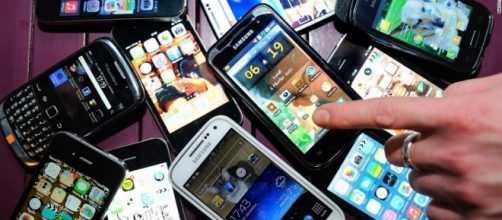Since the first cellphone, the DynaTAC 8000x, became commercially available in 1983, they have become a larger part of American life with each passing year. This has been due to advances in technology, as they became smaller, cheaper, and intertwined with the growth of the internet. Now, a new study released by the United States government shows how cellphone use has reached a new milestone compared to landline phones.
A new majority in America
For the second half of 2016 there was a new majority in American households. For the first time in the U.S.
government survey, 50.8% of American homes only had cellphone service. Landline phones now only make up 45.9% of American homes. Of the 45.9% of homes with landlines, more than 39% have both landline and cellphone service in them. There is also a small group of Americans, 3.3%, who have neither.
More on what the survey found
The survey found that young adults and renters were most likely to only own a cellphone. Researchers believe this is because of their mobility and comfort with newer technologies. Cell phone-only homes were also found to have other similarities. Even after factoring in income and age, cell phone-only adults were found to be more likely to smoke, drink heavily, and not have health insurance.
Researchers involved in the survey were puzzled by these similarities and said that it will require more research to find out why.
The reasons that people still have landline phones are varied. Some still have it because their phone company makes them, while others do so because dropping it would increase their cable bill. Others have them since they still work during blackouts and are more dependable in emergencies. Finally, some cited the simplicity of a landline phone, that it made them nostalgic about the past, or that they have one because they grew up with it.
Background information on the survey
The survey was done as part of the Centers for Disease Control and Prevention's National Health Interview Survey.
They track landline use so that representative samples in ongoing health studies can be assured. The Centers for Disease Control is a federal agency that is part of the U.S. government. It was done in-person with 19,956 households. The margin of error for the survey was plus or minus one percentage point.


